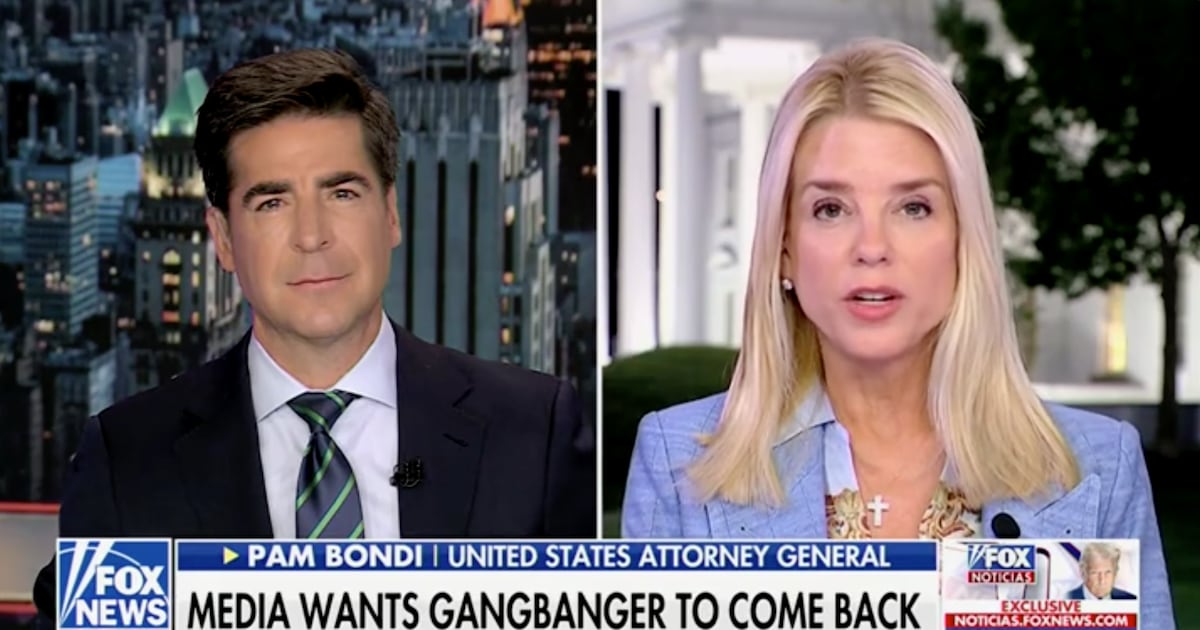The landing page of the new and, uh, “improved” Defense.gov website links to a cartoon that introduces the five military branches. And, wow, is it bad. Primitive animation. Cheap-sounding music. A hilariously obtuse script that repeatedly describes America’s soldiers, sailors, airmen, and Marines fighting “bad guys” to “keep you safe.”
“I guess you go to war with the shitty animation you have, not the animation you might wish to have,” Matt Bors, editor of The Nib, a comics website, told The Daily Beast. (Bors drew my 2010 graphic novel War Is Boring.)
The two-minute cartoon, set to a jaunty electronic tune, features a simple, colorful animation style that Blue Delliquanti, the creator of indie comics series O Human Star, likened to a “Newgrounds internet cartoon from 2007.”
Newgrounds, whose popularity peaked in the late 1990s, hosts user-created games and animations. A typical Newgrounds cartoon looks like “the work of one person, three tops,” Delliquanti said—and so does the official introductory cartoon for the whole U.S. military, a government agency with more than 2 million employees and a $600 billion annual budget.
“The most expensive military organization in the world sure didn’t budget much for this,” Delliquanti observed.
The cartoon introduces the Army, Navy, Air Force, Marine Corps, and Coast Guard in terms so simplistic that its intended audience must be “literal children,” said Delliquanti.
But the rest of the Defense.gov site—with its official press releases and links to contract announcements—obviously targets adult readers. The news item directly below the video link touts the military’s “lethality.”
Asked about that juxtaposition, Per Berg, a comics artist, laughed. “I wonder what they’re thinking,” Berg said of the military officials behind the cartoon.
The cartoon purports to correct Hollywood’s depiction of the U.S. military. “While there have been plenty of movies about our armed forces, here’s the real scoop about our Department of Defense and how our military keeps you safe,” the narrator says.
But the animation’s description of the different branches arguably is sillier than anything in a Hollywood blockbuster. “The Navy, it’s all about water,” the narrator chirps.
The cartoon feels weirdly disconnected from what the military actually does, to say nothing of the political and humanitarian implications of its operations. “I feel like it glossed over the part where all the wars for the past half century have been pointless quagmires where millions of people died for no good reason,” Bors said.
What’s particularly tragic about the Pentagon’s new flagship cartoon is that, not too long ago, the military actually was a champion of avant-garde comics art. During World War II, the Army paid young draftee Will Eisner to draw comic strips about safety procedures.
Eisner went on to become one of the most influential American comics artists—and later returned to government service. In the early years of the Vietnam War, the Army had trouble training soldiers to use the new M-16 rifle. So the ground combat branch commissioned Eisner to write an introductory comic for the new weapon.
Today The M-16A1 Rifle: Operation and Preventative Maintenance is widely considered a classic in the surprisingly rich comics subgenre where war, technology, and cartooning intersect.
West Point, where the Army educates future officers, recently published a science-fiction comic depicting a drone sneak attack on U.S. forces. That short comic features slick, modern-looking art, and a script that doesn’t shy away from violence, death, and defeat.
The new Defense.gov animation withers in comparison. “When the weirdness of it wears off it’s just kind of bland,” Kevin Knodell, who writes nonfiction comics for Proceedings, a Navy professional journal, told The Daily Beast.
At best, the Pentagon’s new cartoon is forgettable—and a missed opportunity to get Americans to think about their armed forces, artist Berg told The Daily Beast.
“This art style would be hilarious if it was juxtaposed with a more brutally honest script, complete with gore and details on our actual enemies, be they jihadists or Russian trolls,” Berg said. “I could see it getting heavily memed if people even cared, but I don’t think they will.”






